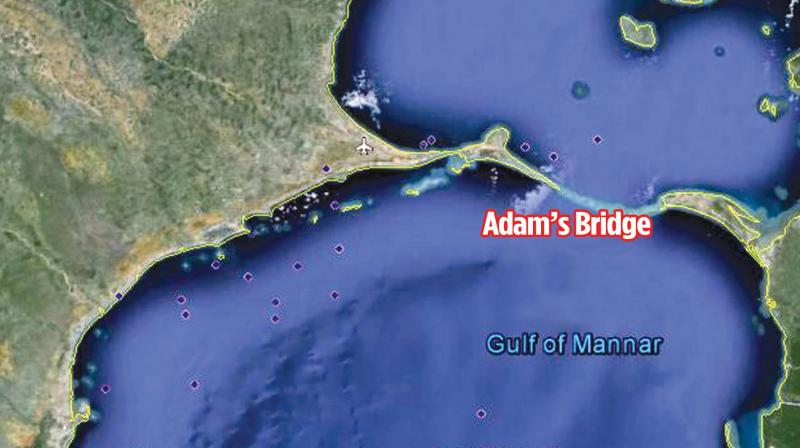7667766266
enquiry@shankarias.in
Recently, the Supreme Court gave the Centre four weeks’ time to file a response clarifying its stand on a plea by former Rajya Sabha MP Subramanian Swamy seeking national heritage status for the ‘Ram Setu’.

How was the Ram Setu formed?
What is the Sethusamudram Ship Channel Project?
What are the concerns about the project?
Why is there a need for protection?
What is the geoheritage perspective?
Ram Setu needs to be preserved not just as a national heritage monument, but also as a geoheritage structure as defined from a scientific perspective.
References